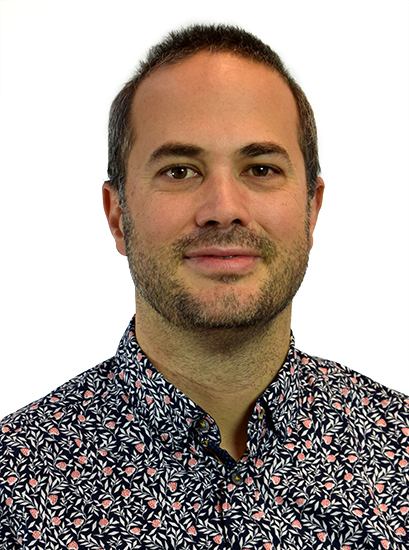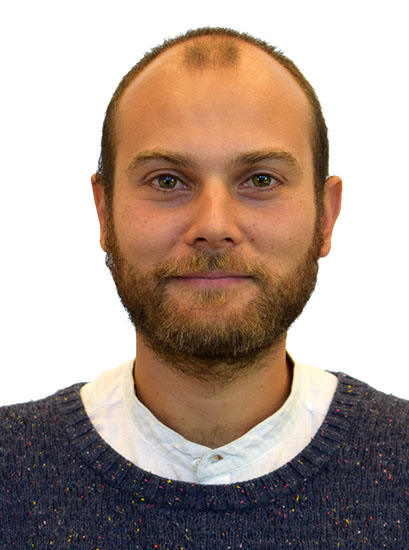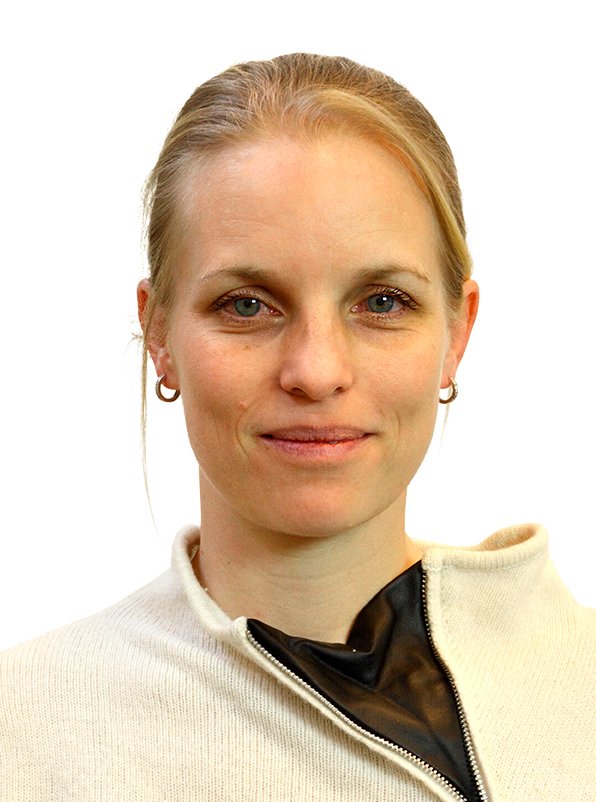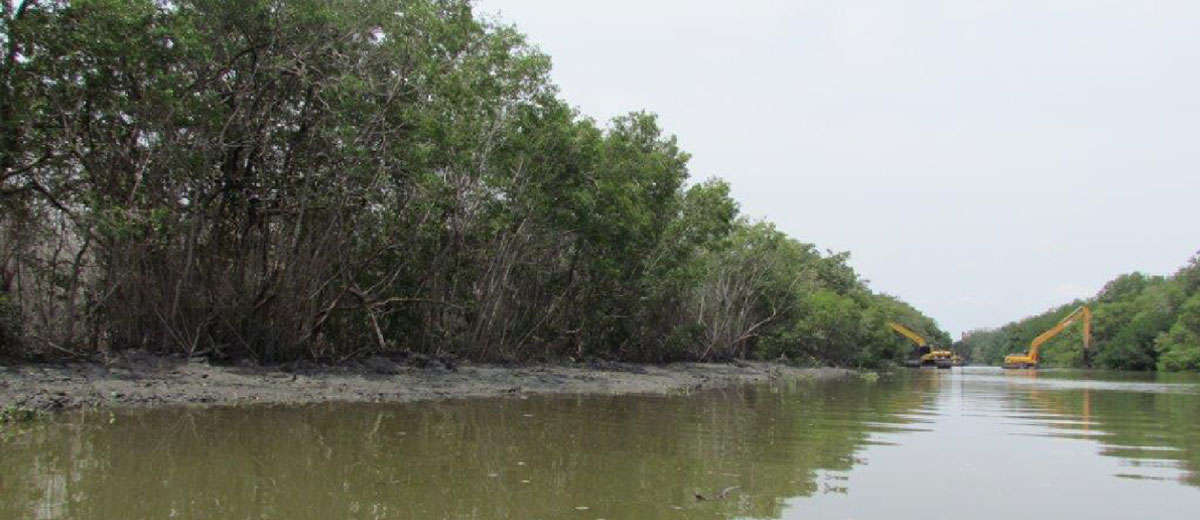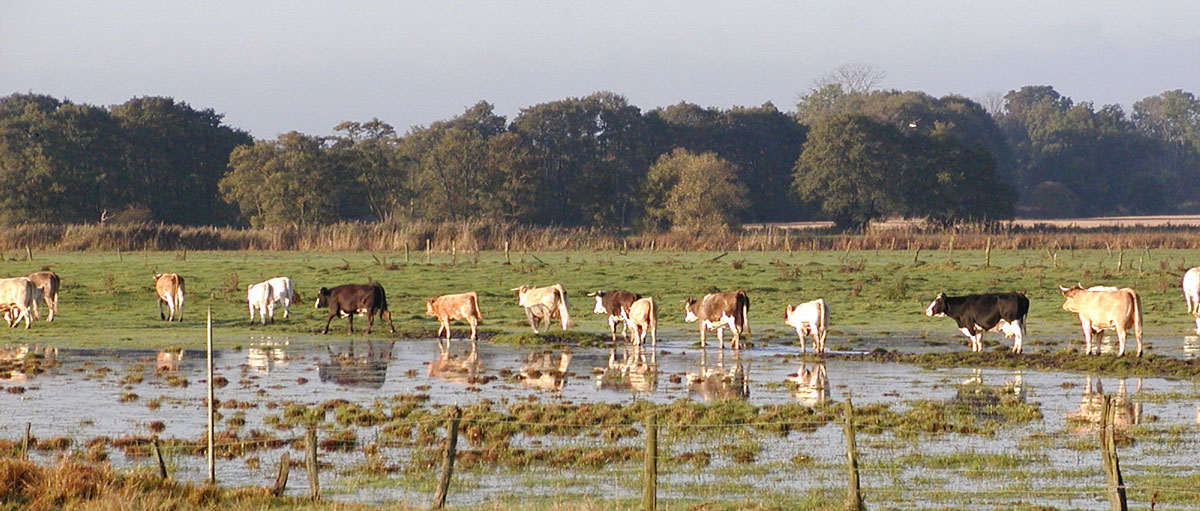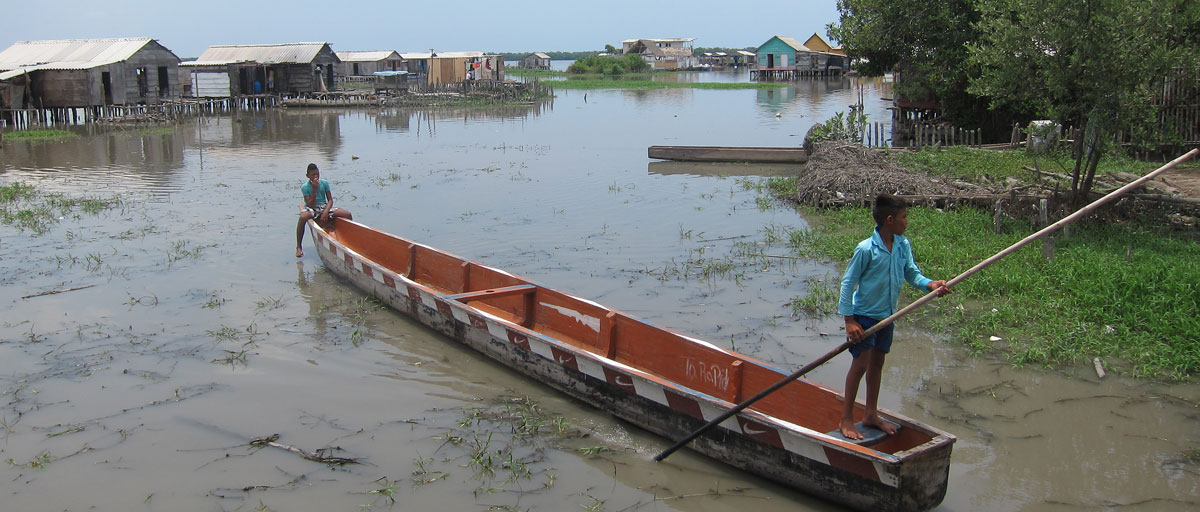
Nearly 50 researchers from the Global Wetland Ecohydrological Network (GWEN) have come together to find the key Sustainable Development Goal (SDG) priorities in iconic wetlands across the world. The study is a network analysis that allows us to see how these priorities interact, and how well they are addressed by global conservation guidelines. Photo: J. Hedlund
Bildtext får vara max två rader text. Hela texten ska högerjusteras om den bara ska innehålla fotobyline! Photo: B. Christensen/Azote
Wetland Management
Saving the swamp
Preserving the worlds’ wetlands requires addressing social and environmental challenges. Researchers identify challenges for specific wetlands to see how they interact with the Sustainable Development Goals
- Network analysis to prioritize SDG targets for wetlands around the world
- Four of the top ten targets identified by expert researchers are not included in international guidelines from the Ramsar Convention
- The structure of interactions amongst SDG targets must be considered to sustainably manage wetlands and their hydrological networks
Think of bogs, swamps and marshes and your mind may turn to belching ogres and bubbling mud pits. These wetlands don’t always receive the glory they deserve, but they have a whole host of environmental superpowers. They buffer impacts from floods and droughts, they purify water, and they provide habitat for an abundance of wildlife.
But they are not invincible, drainage and pollution can wear away at these vital functions.
Nearly 50 researchers from the Global Wetland Ecohydrological Network (GWEN) have come together to find the key Sustainable Development Goal (SDG) priorities in iconic wetlands across the world. The study, published in Water, is a network analysis that allows us to see how these priorities interact, and how well they are addressed by global conservation guidelines.
Several researchers from the Stockholm Resilience Centre, the Bolin Centre for Climate Research, and the Baltic Sea Centre at Stockholm University contributed to this international collaboration. Together, they defined the relationships, synergies, and trade-offs between SDG targets to ease the task of stakeholders and policy makers to implement them in their respective wetlands.
SDG monitoring and implementation should be tailored to different types of wetlands.
Fernando Jaramillo, lead author
Diverse wetlands have different priorities
A top down approach to SDGs is too general when applied to specific wetlands. This motivated the authors to take a bottom up approach looking at 45 different wetlands to find priority SDGs targets. In this way they could encompass both the diversity of different wetlands and global trends in sustainable wetland management.
Each of these wetlands has its own story and challenges.
Take the example of the Ciénaga Grande de Santa Marta (CSGM), in Colombia (top picture). People rely upon these swampy marshes and mangroves at the delta of the Magdalena river for fishing and protection from climate related natural disasters. There are high levels of poverty, and this is reflected in the priority SDG targets selected by researchers. Although there is evidence that promoting the health of the wetland could reduce poverty, there is not much drive to do this. Instead, the construction of roads has deteriorated the fragile mangroves.
Compare this then to Nee Soon Swamp Forest, nestled in the bustling city-state of Singapore. This small urban wetland is threatened by marine pollution and acid rain from industry. Poverty reduction is less of a priority here, but because of the urban environment, this swamp is important to preserve natural heritage. Singapore has lost lots of rare habitat to development and the researchers highlighted the competing SDG targets of economic growth and maintaining ecosystem health.
“Wetlands in urban environments are managed differently than those in rural settings,” says lead author of the study, Fernando Jaramillo. “SDG monitoring and implementation should be tailored to different types of wetlands.”
They grouped different wetlands into four categories based on sustainable development priorities:
• Basic human needs, e.g. Mekong Delta, Vietnam
• Sustainable tourism, e.g. Ciénaga Grande de Santa Marta, Colombia
• Environmental impact in urban wetlands, e.g. Vattholma wetlands, Sweden
• Improving and conserving the environment, e.g. Nee Soon Swamp Forest, Singapore
Linked priority targets
The analysis identified priority targets across all wetlands. The top three are: improve water quality, sustainable food production and sustainable management of resources. There were strong links between the top ten priority targets.
Co-author and centre PhD student Johanna Hedlund explains: “Showing the reinforcing interactions between targets demonstrates how working towards one specific target can have positive effects on the others.” For example, sustainable management of resources requires efficient resource consumption. This in turn brings about improved water quality, natural disaster protection and sustainable food production.
Maintaining good water quality was seen as imperative to protecting these ecosystems. Hedlund says this is surprising because there is substantial literature documenting the role of wetlands in the improvement of water quality but not on the contrary, that is, the importance of improving water quality for the benefit of wetlands.”
Gaps in international guidelines
The authors asked whether the priority targets they identified match the targets set by the Secretariat of the Convention on Biodiversity (CBD), Wetlands International, and the Ramsar Convention. In general, the answer was yes, but there were some notable differences. For example, the analysis highlighted education for sustainability as highly influential, even though “Quality education”, is not identified as a priority SDG by any of these organizations.
Jaramillo says “since the Ramsar Convention on wetlands in 1971 encouraged “the wise use of wetlands”, there has been lots of research on the negative impacts of human activities.”
Despite this, four of the top ten targets identified in this study are not found in the Ramsar Convention’s fourth Strategic Plan (2016–2024). These were related to the importance of education for helping people to achieve lifestyles in harmony with nature.
What does it mean if international guidelines for sustainable wetland management are not reflecting some of the priorities identified by these experts?
The authors conclude that “the integrated social-ecological nature of wetland systems is not yet fully recognized by these global conventions.”
Methodology
The researchers conducted a network analysis of priority SDG targets to consider the relationships, synergies and tradeoffs They started by analyzing different wetlands and their hydrological basins.
To do this they used information and perceptions of 49 wetland researchers of the Global Wetland Ecohydrological Network (GWEN) of about 45 iconic wetlands worldwide. Wetlands varied in size and cover 21 countries in five continents. Researchers filled in questionnaires regarding SDG priorities in wetlands they were familiar with. The network analysis defined interactions between targets. The wetlands were then grouped by a cluster analysis of their prioritized SDG targets.
Jaramillo, F., Desormeaux, A., Hedlund, J., Jawitz, J.W.. Clerici, N., Piemontese, L., et. al. 2019. Priorities and Interactions of Sustainable Development Goals (SDGs) with Focus on Wetlands. Water 2019, 11, 619.
Fernando Jaramillo is a researcher in the planetary boundary team specializing in hydroclimatic change, human impact on the water cycle and freshwater consumption
Johanna Hedlund is a PhD candidate researching complex governance systems in relation to interdependent, environmental problems with a network analysis approach
Luigi Piemontese's research focuses on freshwater consumption calculation in the framework of the Planetary Boundaries
Andrea Downing's main research theme is to relate global perspectives on resilience thinking and social ecological systems to sustainable development needs at sub-global scales.
Lan Wang Erlandsson is a postdoctoral researcher in the Planetary Boundary Research Network focusing on the large-scale interactions between land, water, and climate, and their implications for resilience

